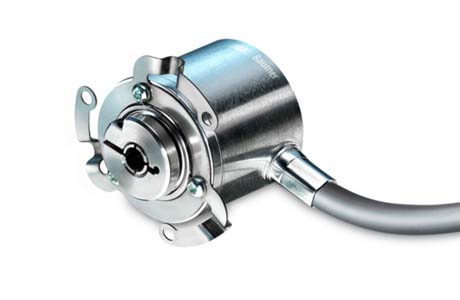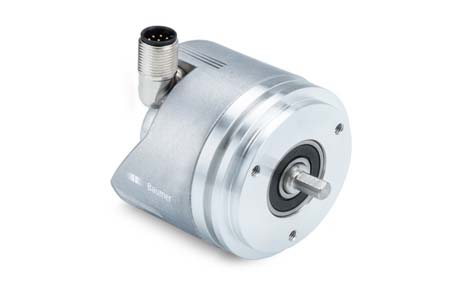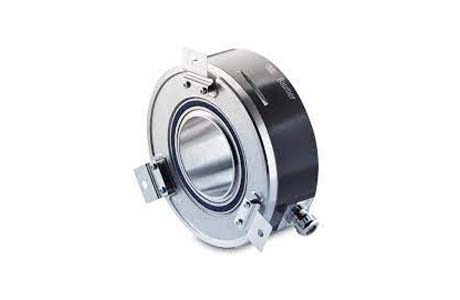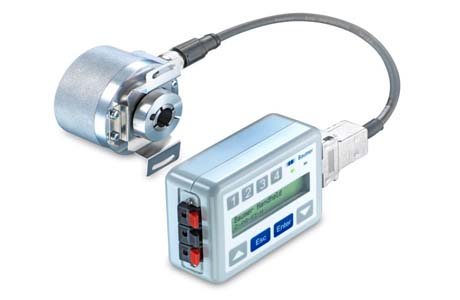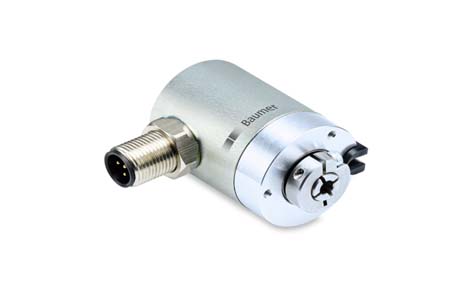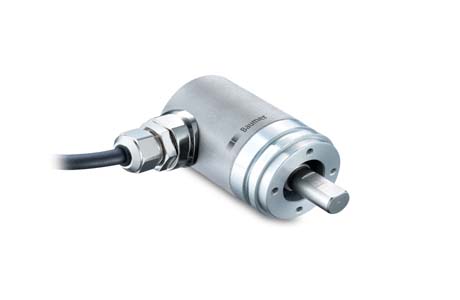Baumer Encoder – Incremental and Absolute Encoders
Baumer Encoder establishes an industrial automation entity defined by precise motion feedback, stable signal output, and robust sensing performance across diverse applications in India. The Baumer Encoder, manufactured by Baumer, covers incremental, absolute, rotary, magnetic, and linear encoder families designed for accurate position, speed, and direction measurement within machinery, robotics, drives, and process automation lines. These encoders support TTL, HTL, and sine-cosine outputs, offer solid-shaft and hollow-shaft constructions, and maintain measurement reliability under vibration, electrical noise, and temperature variations typical in industrial environments.
High-resolution scanning systems enable consistent performance for conveyor systems, servo mechanisms, and OEM equipment, supported by Baumer distributors across India. The Baumer Encoder category also aligns semantically with Baumer incremental encoder, Baumer absolute encoder, Baumer rotary encoder, Baumer magnetic encoder, and Baumer Hubner encoder classifications, forming a clear technical identity based on sensing principles, mechanical structure, and signal interface topology.
Baumer Encoder – Design 24 mm
- Size (Flange): ø24 mm
- Shaft Types: ø4 mm blind hollow shaft, ø4 mm solid shaft
- Pulses/Waves per Revolution: Range from 30 to 1024
- Output Stages: TTL, Push-pull short-circuit proof
Baumer Incremental Encoder – Design 58 mm
- Resolution: Up to 4096 pulses per revolution.
- Shaft Options: Solid shaft and through hollow shaft available.
- Output Types: TTL, HTL, SinCos for versatile interfacing.
- Connection Flexibility: Multiple connector options including M12 and M23.
- Design: Engineered for high flexibility in industrial connections.
Encoder Baumer – ø85 mm
- Resolution: Up to 80,000 pulses per revolution (PPR).
- Sensing Technology: High-precision optical sensing.
- Design: Shallow installation depth, suitable for direct installation on drive shafts.
- Shaft Diameter: Accommodates large hollow shafts up to 85 mm.
Baumer Rotary Encoder
- Resolution: Programmable from 1 to 65,536 ppr.
- Design: Available in 58 mm designs, accommodating up to 1 inch hollow shaft.
- Signal Output: Options include HTL and TTL.
- Programmability: Pulse sequence and zero pulse can be programmed.
Baumer Incremental Encoders
- Resolution: Up to 5000 sine periods per revolution.
- Output: SinCos 1 Vpp.
- Shaft Options: Includes through hollow and solid shafts.
- Design: ø58 mm flange, optimized for industrial use.
- Technology: Incorporates patented LowHarmonics for superior signal quality.
Baumer Absolute Encoder – 30mm
- Resolution: Up to 16384 steps per revolution, 262144 revolutions.
- Shaft Options: Solid shaft (5 to 8 mm) and blind hollow shaft.
- Interfaces: SSI, CANopen, CANopen Lift.
- Accuracy: Angular accuracy up to ±0.15˚.
- Design: Compact, smallest multiturn encoder with radial or axial connections.
Baumer Magnetic Encoder – 36mm
- Shaft Options: Solid shaft, blind hollow shaft, or bearingless kit.
- Interfaces: SSI, CANopen, CANopen Lift.
- Features: Additional incremental signals.
- Shaft Diameter: Up to 15 mm.
- Accuracy: Angular accuracy up to ±0.15˚.
IndMALL helps industries connect with verified Baumer Encoder distributors across India, making it easier to source authentic products at competitive prices. Our portfolio includes a wide variety of Baumer Encoder models, trusted worldwide for accuracy, durability, and reliability. From a compact Baumer Incremental Encoder designed for speed feedback to a high-performance Baumer Absolute Encoder for accurate position detection, we provide the right solution for every automation challenge.
Our offering covers specialized designs such as Baumer Rotary Encoder, Baumer Magnetic Encoder, and Baumer Linear Encoder, along with advanced series like the Baumer Encoder EIL580 and the highly demanded Baumer Thalheim Encoder. These encoders are widely used in demanding applications—wind turbines, steel plants, conveyors, robotics, and machine installations—where reliable position and speed control are critical. Customers seeking the latest Baumer Encoder price updates can count on IndMALL for transparent information and competitive quotations.
In addition to Baumer, we also provide complete solutions for Hubner Encoder and Huebner Encoder requirements. As a trusted Baumer Hubner Distributor, our expertise extends to delivering Baumer Hubner Encoder and Hubner Incremental Encoder models, ensuring engineers and plant operators have access to high-quality, German-engineered components for heavy-duty applications.
What sets IndMALL apart is our commitment to service and application support. With years of experience in industrial automation, our team helps customers select the most suitable encoder based on shaft design, resolution, and environmental conditions. We not only provide products but also share technical guidance, ensuring every Baumer Encoder or Hubner Encoder integrated into your system delivers long-term performance. By combining genuine products, verified suppliers, and responsive support, IndMALL establishes itself as a trusted partner for industries seeking precision encoders that meet global standards.
Frequently Asked Questions
How does incremental encoder work?
An incremental encoder is a device that tracks motion. It turns movement into signals. When something moves, the encoder sends out pulses. These pulses count how much movement happens.
The encoder has a disk with lines on it. This disk spins when something moves. Each line on the disk creates a pulse. More lines mean more pulses for better accuracy.
The pulses go to a machine or computer. This machine reads the pulses to understand the movement. It knows how far, how fast, and in which direction something moved.
Incremental encoders are used in machines and robots. They help these machines move correctly and precisely.
Are encoders AC or DC?
Encoders can work with both AC and DC power. It depends on their design and what they’re used for. AC stands for alternating current, and DC stands for direct current.
Most encoders in industrial machines use DC power. DC power is stable and works well for precise tasks. It’s like the power from a battery.
Some encoders can use AC power too. AC power is like what you get from home outlets. These encoders are less common but still useful in certain situations.
So, encoders can work with both types of power. It just depends on their specific design and purpose.
What is the output signal of a rotary encoder?
A rotary encoder creates signals to show how something is moving. These signals tell us the position and speed of the movement.
There are two main types of signals: digital and analog. Digital signals are like on-off switches. They are clear and precise. Analog signals vary in strength and are less common in rotary encoders.
Most rotary encoders use digital signals. These signals are easy to read by computers and machines. They help in controlling how machines move and work.
So, the output signal of a rotary encoder is usually a series of digital pulses. These pulses give accurate information about movement.
How do rotary encoders measure distance?
Rotary encoders measure distance by counting turns. They are attached to a rotating part, like a wheel or shaft.
As the part turns, the encoder counts each rotation. It does this using special sensors inside. These sensors detect marks or lines on a disk that spins with the part.
Each mark or line equals a certain distance. The encoder adds up these distances as it counts. This way, it knows how far the part has turned.
By counting rotations and knowing each turn’s distance, the encoder calculates the total distance. This helps machines and devices move accurately and know their position.
To inquire about the Baumer Encoder, contact us.

